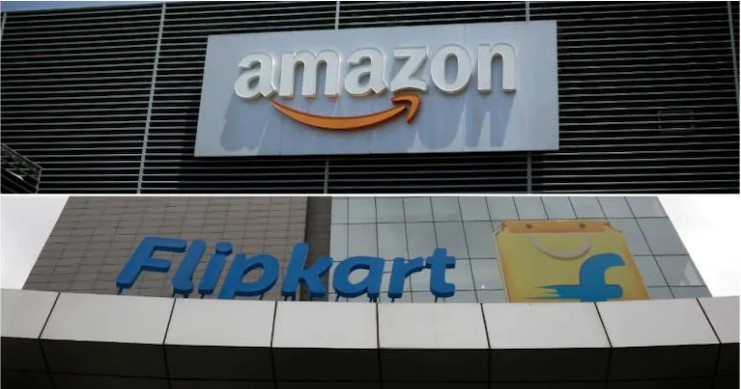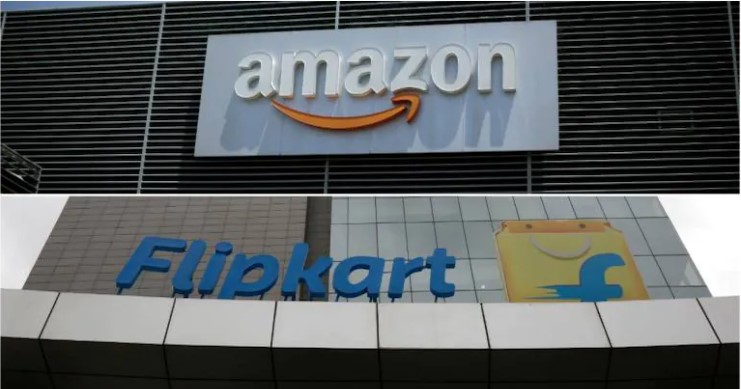Around 30 percent of electronic products across Amazon and 19 percent across Flipkart continued to be sold without any discount during October which is ironically seen as the festive month where the two companies make tall claims about deals and discounts offered around Indian festivals.
Out of the 70-80 percent products where discounts were available, Flipkart surprisingly turned out to be more generous than Amazon during the period under review.
As per the data exclusively shared with Moneycontrol by digital commerce analytics platform DataWeave, Flipkart on an average offered 26.3 percent discounts across the categories mentioned as compared to Amazon which had just 10.6 percent discounts.
What makes it more interesting is that while Amazon was officially running its flagship sale The Great Indian Festival for the entire month, Flipkart had concluded its The Big Billion Days on October 10th itself.
However, it looks like the latter was in no mood to let the competition have it all.
The pattern is slightly different from the week-long data which was reported by Moneycontrol last month. During the first week of the festive sale, both the two companies offered no additional discounts across 30 percent of the products across the electronics category which houses products like refrigerators, air-conditioners, and laptops.
While Amazon continues to stick to the trend, Flipkart seems to have become a little aggressive there.
On a product level, across air conditioners, while Flipkart offered discounts across 84 percent of the products, Amazon offered it only across 73.1 percent of products. Laptops saw at least 87 percent of products on Flipkart having discounts while on Amazon it was across 76.3 percent.
Smart TV interestingly had a different pattern. While Amazon had 72.1 percent of the products at a discounted price, Flipkart had just 63.7 percent of smart TV’s on discount.
Interestingly, on Amazon and Flipkart at least 2.5 percent and 3.1 percent of electronic products also had a price hike during the period under review respectively.
This is a far cry from discounts in the 60-70 percent range that the two companies advertise across electronics and appliances categories on their platforms during the sale period to lure customers.
“Sellers decide the price of their products on Amazon. Our investment in technology and infrastructure has allowed them to save costs and consistently offer great prices to customers. Our partnership with banks, sellers, and ecosystem partners allow us to add further value through exchange offers, no-cost EMI, instant bank discounts among others, ” said an Amazon spokesperson.
Flipkart did not respond to queries.
Bengaluru-based Dataweave counts Japanese ad-tech firm FreakOut Group and domestic venture capital firm Blume Ventures among its investors. The data was shared exclusively with Moneycontrol.
The price comparisons were made with rates displayed on October 1, the last business-as-usual day before the sale started and the month-long sale period beginning October 3.
For this analysis, DataWeave crawled pages of the electronics category, which houses products, including air-conditioners, cameras, headphones, laptops, microwave ovens, refrigerators, smart televisions, smartwatches and washing machines. The firm scanned 2,285 products on Amazon and 3,131 on Flipkart.
According to experts,…Continue reading the article here
This article was originally published on Moneycontrol on November 3, 2021

